The Philippines’ tropical climate makes it a perfect place to grow different kinds of fruits and a couple of fruits from the country have even been recognized internationally for their quality. The Philippine fruit industry is a big contributor to the country’s economy. In 2011 alone, the Bureau of Agriculture Statistics (BAS) reported a 2.34% rise in the agriculture sector.
Here is a list of some Philippine fruits that are mass produced in the Visayas and Mindanao
1. Mangga (Mango)

Philippine mango is not only famous in Luzon,Visayas and Mindanao but the whole world as well. The Philppine mango’s juicy, sweet-sour flavor is one of the best in the world. They are abundant in the Philippines most especially in the Visayas region. Mangoes are available all-year round but the best mangoes only come around during summer. The mango’s popularity in the country can be attributed to the fact that it can be eaten ripe or raw. When it is ripe it is eaten as dessert and while raw, it is eaten as a snack or appetizer and dipped in shrimp paste.
Commonly found: Zambales in Luzon, Guimaras and Cebu in the Visayas, Davao in Mindanao
2. Pinya (Pineapple)
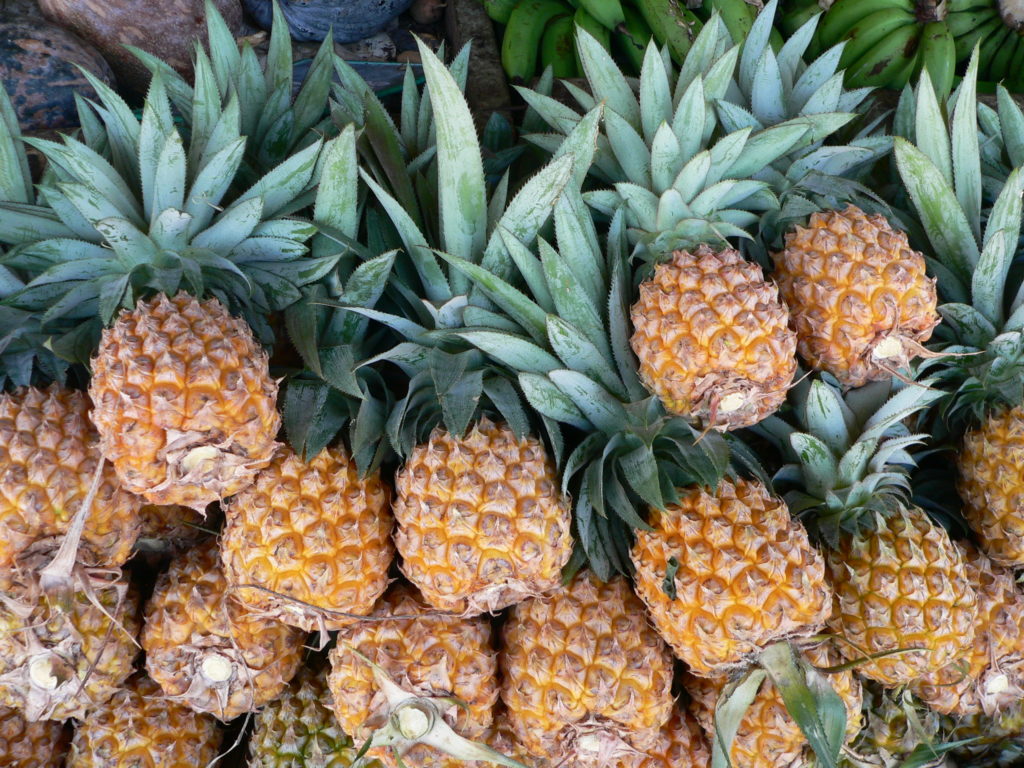
Pineapple is not a native fruit to the Philippines but the tropical climate of the country makes it ideal for the production of pineapples. It is also one of the country’s favorites and can be seen in many fruit stands all around the country. Street vendors sell it as a refreshing snack on a hot day but it can also be used as an ingredient in cooking.
Commonly found: Mindanao produces an average of 61% of the annual crop of the Philippines while Soccsksargen contributes about 28%.
3. Saging (Banana)
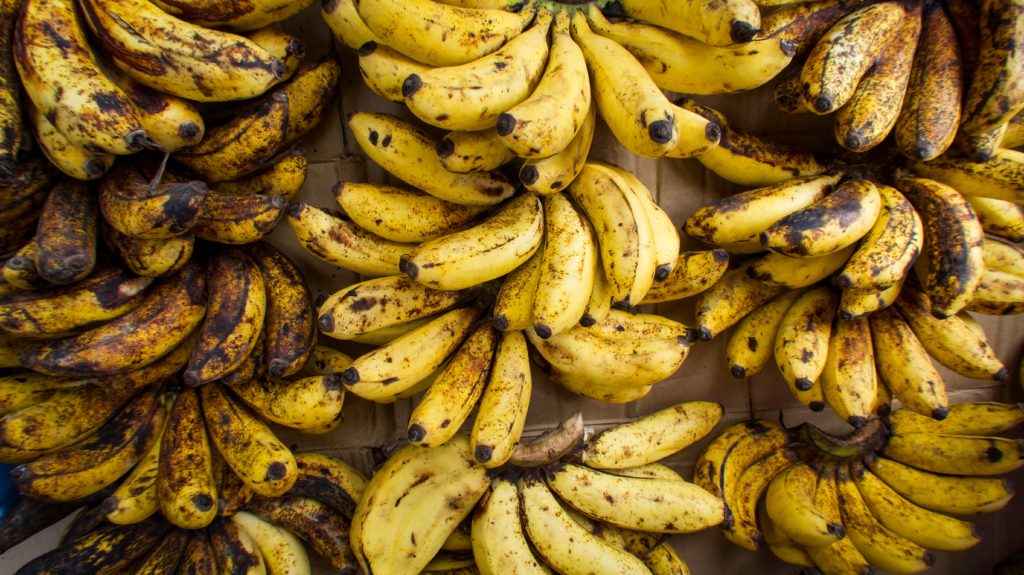
Bananas are the fourth most important crop in the world next to wheat, rice, and corn. It is grown and produced in over 100 countries with the Philippines ranking 4th in banana production. It is available all year round and can be bought from any fruit stand. There are many varieties but the “lakatan” is the most preferred as a dessert because it is sweeter than other varieties.
Commonly found: Mindanao, specifically from Davao del Norte.
4. Buko (Coconut)
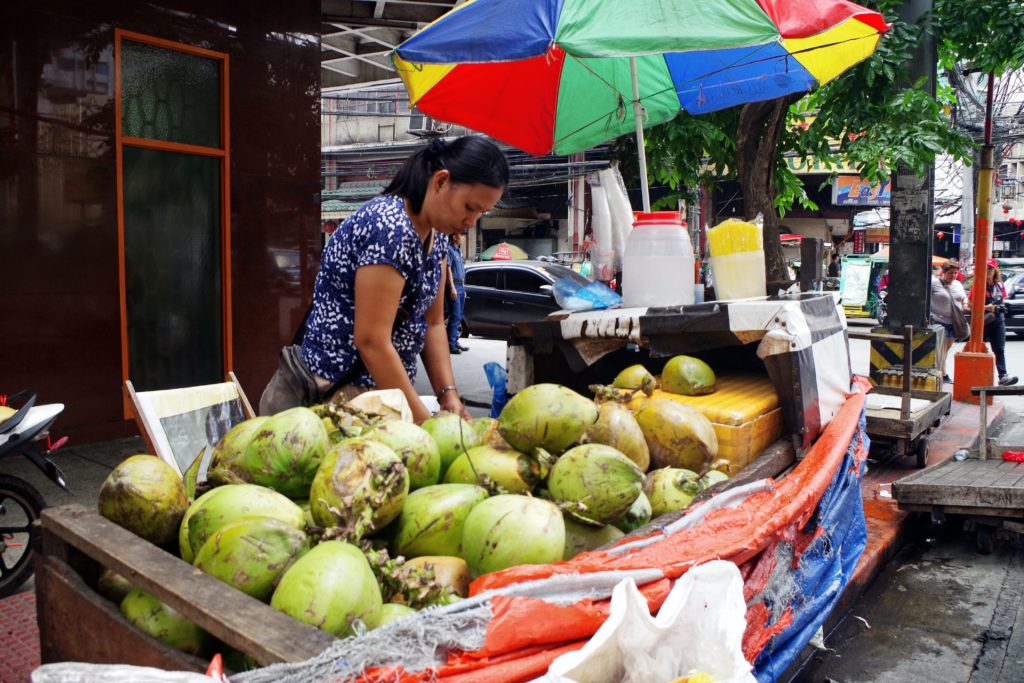
Also called the “Tree of Life”, it isn’t farfetched to say that it is the perfect nickname because not only is every part useful, it is also responsible for a percentage of livelihood in the Philippines. Buko is famous as a refreshment and dessert but it is also used as a cooking ingredient in many recipes.
Commonly found: Davao, Northern Mindanao and Zamboanga Peninsula
4. Durian
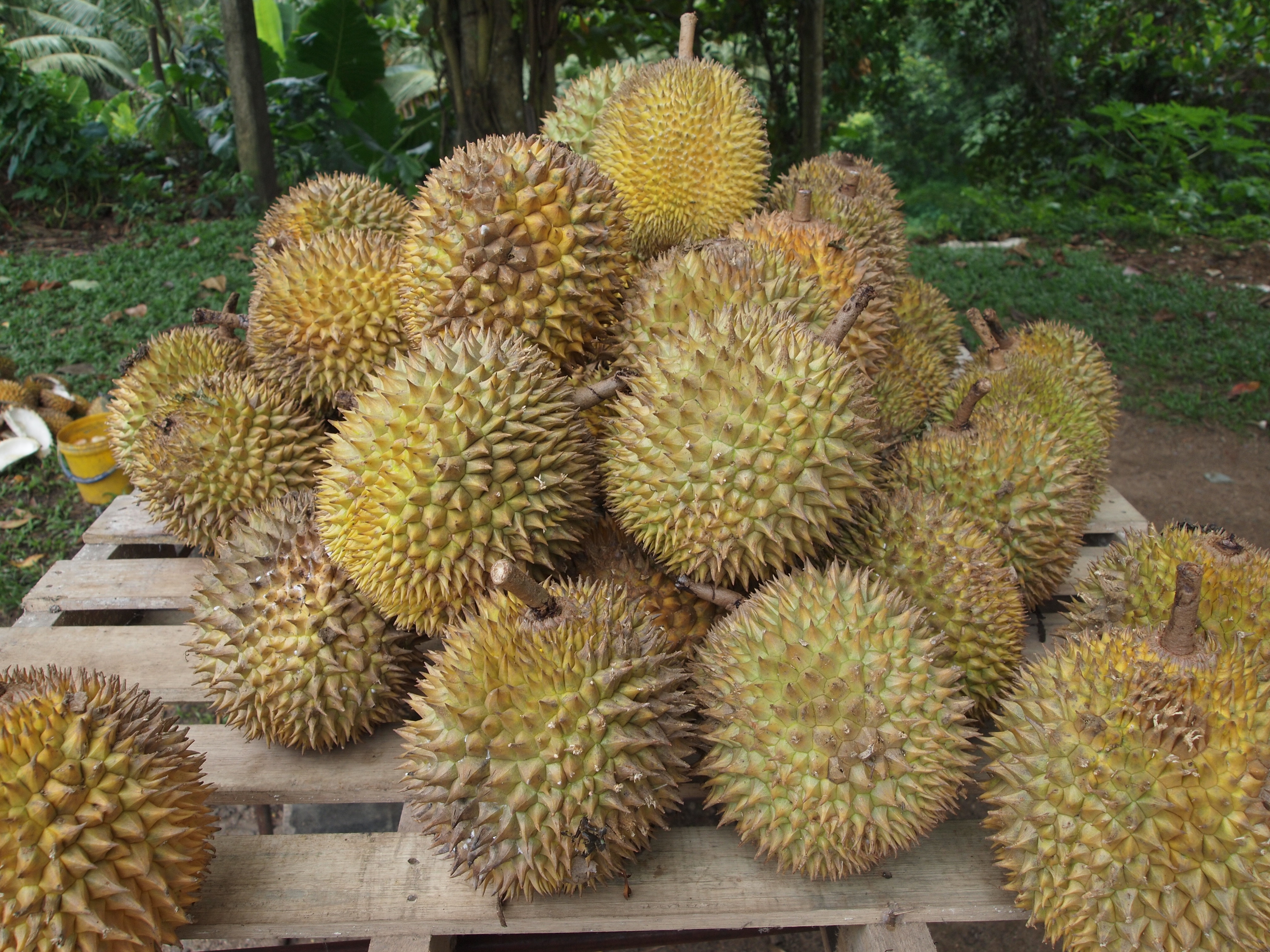
The durian is famous for its distinct smell and taste and was even described as a fruit that “smells like hell and tastes like heaven” in one article. It is unpopular to most customers but those who have gotten used to it appreciates its soft and creamy taste and they have even started producing for the US.
Commonly found: Southern Mindanao most especially Davao
5. Rambutan
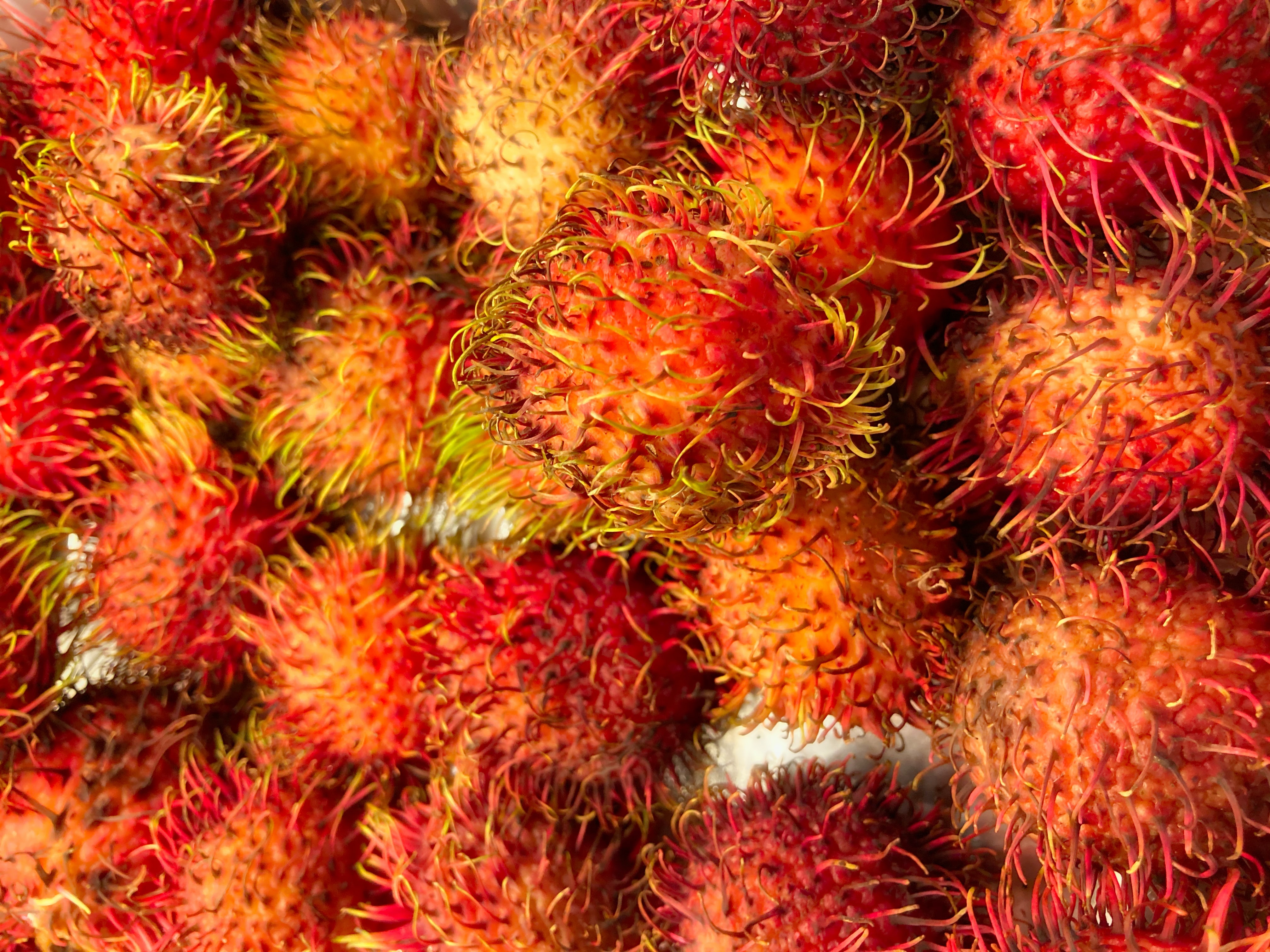
The word “Rambut” in Rambutan means hairy which refers to its appearance. The Rambutan is called the “Exotic Fruit of Southeast Asia” and is one of the fruits that contributes to the country’s economy. Although it doesn’t look appealing at first because of its physical appearance, the rambutan actually has a mildly sweet taste that a lot of Filipinos like. It is the cousin of Lychee and Longan and actually looks quite similar on the inside.
Commonly found: Luzon and Mindanao.
6. Lanzones
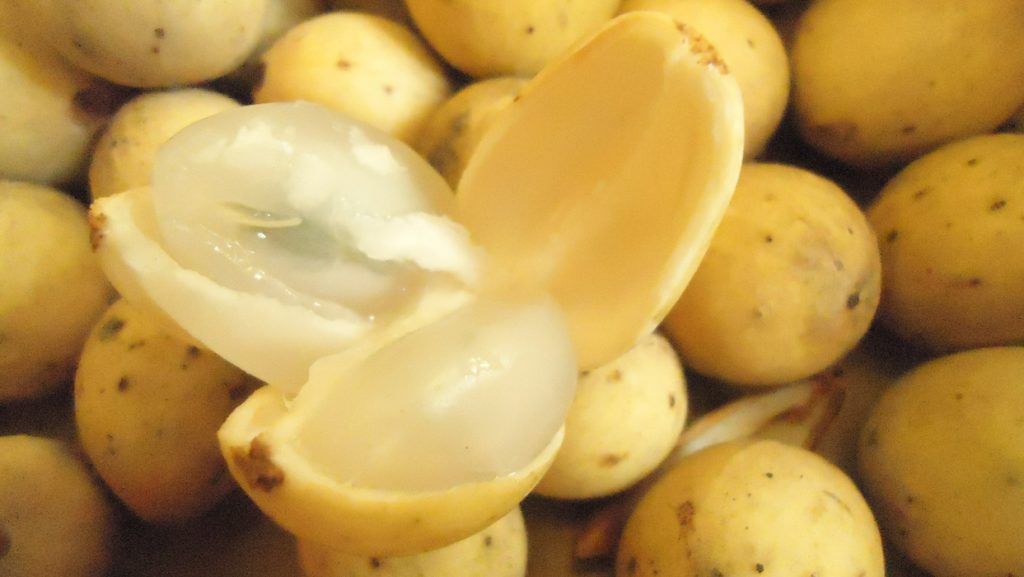
Lanzones are one of the Filipino’s favorite fruit and can be bought in many fruit stands in the Philippines. It is also one of the favorites of people from the Visayas and Mindanao due to its sweet-sour combination that just makes the mouth water. Camiguin Island produces the sweetest varieties of lanzones and they even have a festival for it. During its season, Camiguin displays its abundance of lanzones and offers it as welcoming gifts in hotels and establishments.
Commonly found: Camiguin Island, Mindanao
7. Suha (Pomelo)
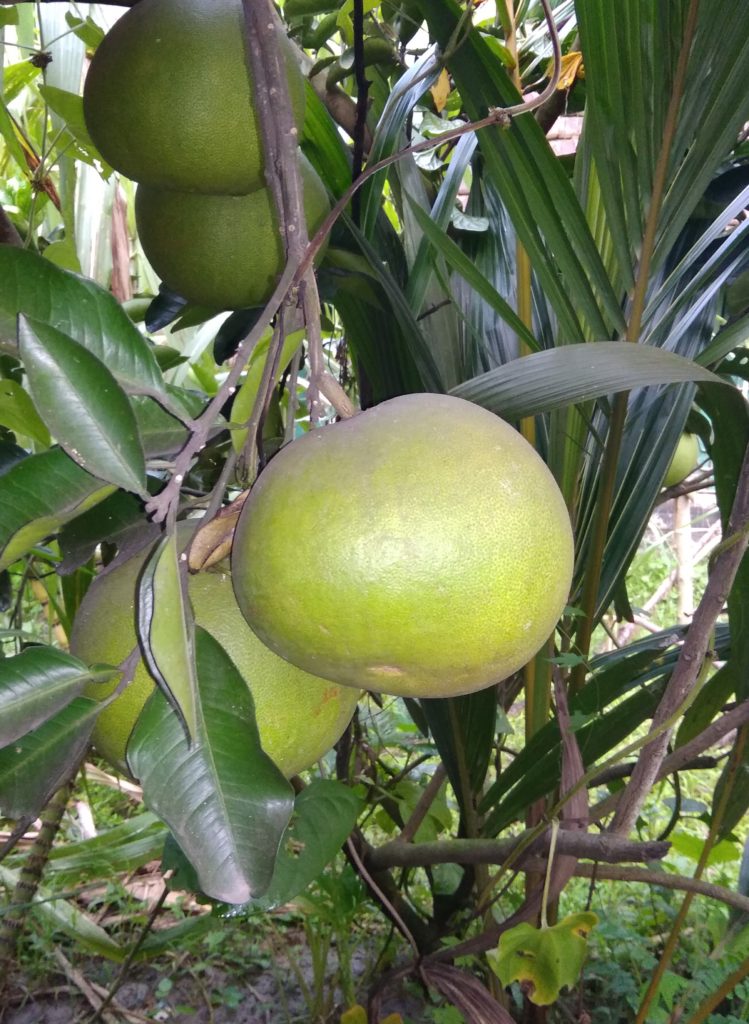
Suha or Pomelo is the largest variety of citrus and is widely used in the country as a drink mix. Some also like to eat this as a snack by eating it raw with salt. The best quality pomelos are plump,juicy, sweet and overall mouth-watering. Although pomelos in general in the Philippines isn’t considered as good as the other fruits in this list, the Golden Pomelo variety from Davao is considered to be the best in the country and is even being exported to other countries.
Commonly found: Davao, Mindanao
8. Marang
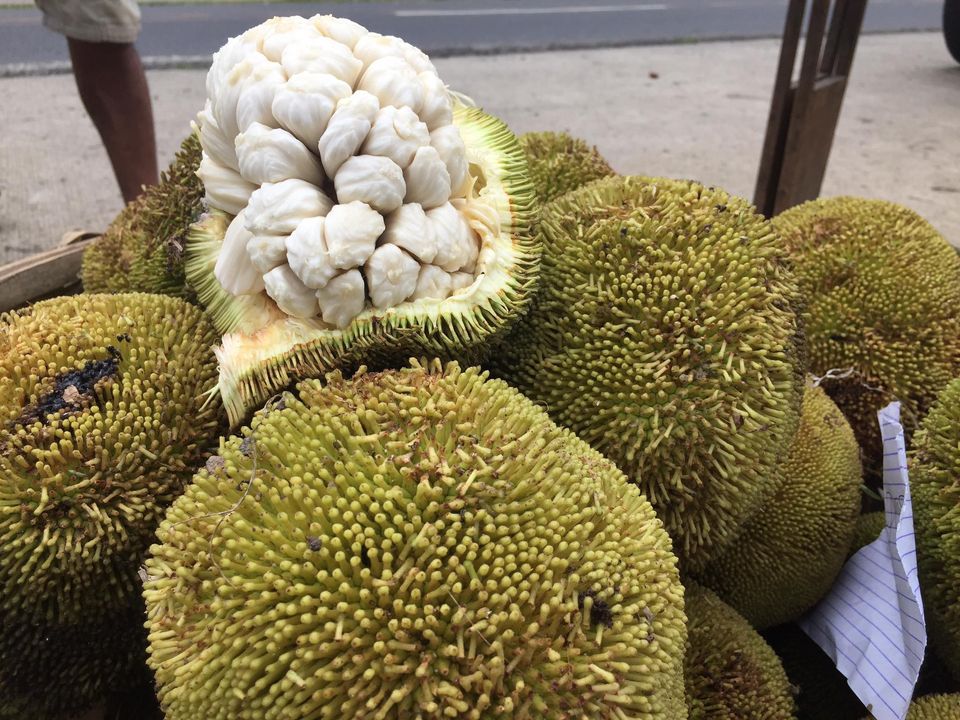
Marang is a cousin of the breadfruit and jackfruit and resembles the spiky exterior of the jackfruit but without the sharpness. This fruit is also likened to the Durian due to its strong odor that smells like gasoline. Its scent is so strong that a truck full of marang can be smelled from a distance. Despite its strong, repulsive smell, it is still sold in many fruit stands along with other favorites such as durian, pineapples, and bananas. The marang is a usual case of “Don’t judge a book by its cover”, or in this case its smell because hiding behind its strong odor is a sweet flavor that is a symphony of many sweet fruit flavors.
Commonly found: Mindanao, as well as Palawan and Borneo, and is abundant in the streets of South Mindanao.
9. Mangosteen
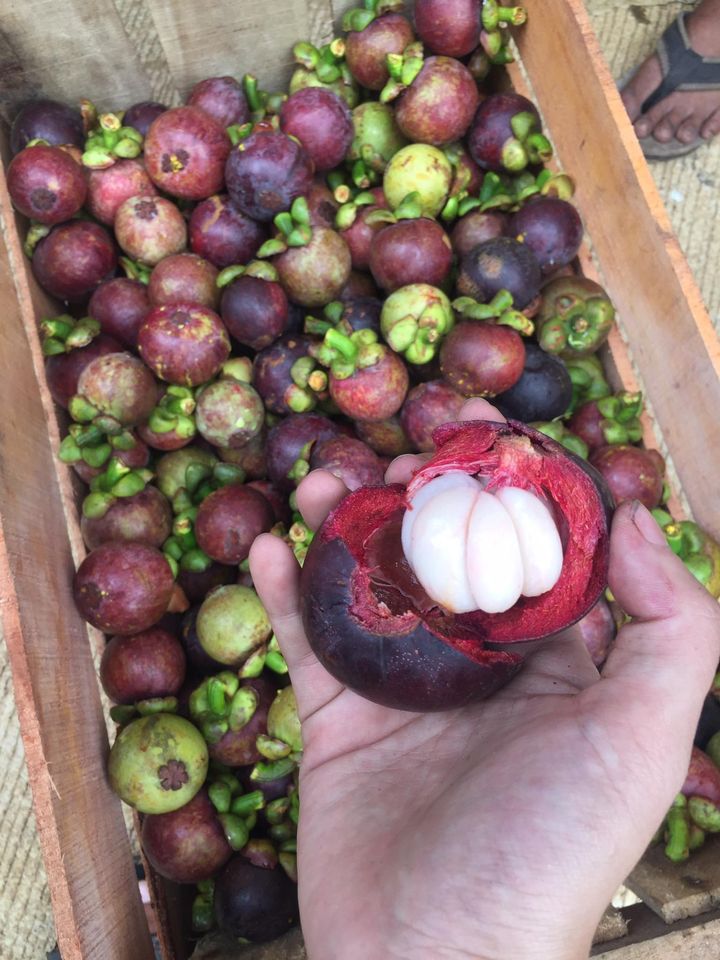
Mangosteen is famous for its complex yet exquisite flavor that just melts in the tongue. Resting under its thick, red skin is an elegant white cottony fruit that tastes sweet, sour, strong, and soft all at the same time. The mangosteen is a fruit native to Malaysia and Indonesia but the Philippines also grows its own.
Commonly found: Mindanao, specifically Sulu, Zamboanga, and Davao.
10. Passion Fruit
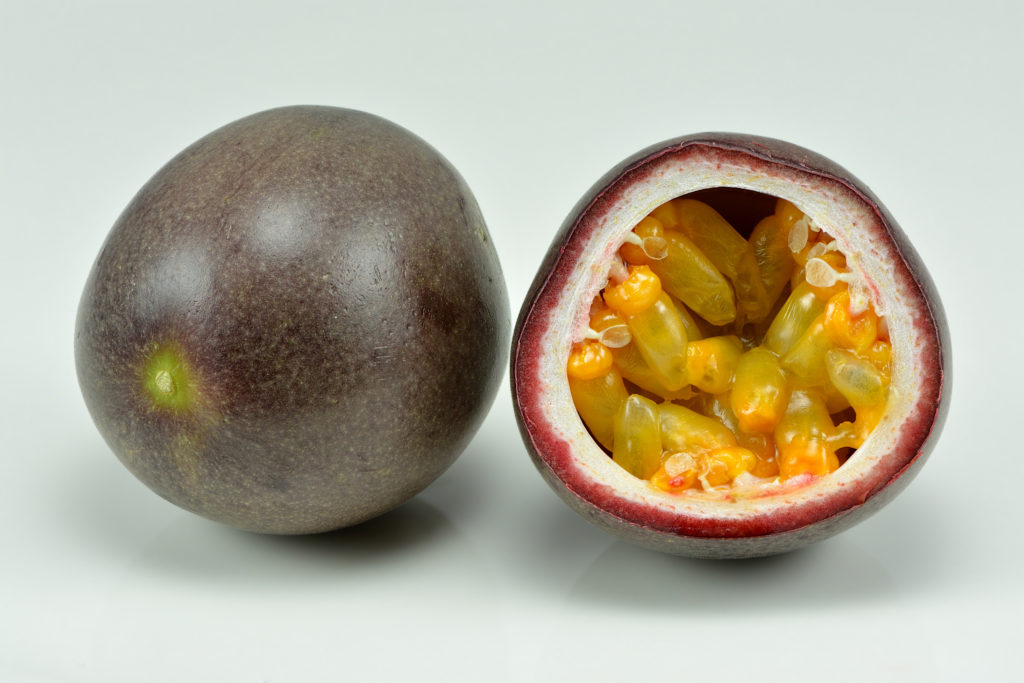
Passion Fruit is an easy-to-grow fruit crop that is a big source of income in some Mindanao regions. This fruit has a yellow-orange exterior that makes it look like a small lemon. The “passion” in passion fruit was given to it because of its flower that was used in South America to illustrate the crucifixion of Christ. Inside the fruit are pulps and seeds that have an unusual texture but have a striking and subtle flavor which is used to make jams and marmalade.
Commonly found: Mindanao such as Agusan, Cotabato, and Davao


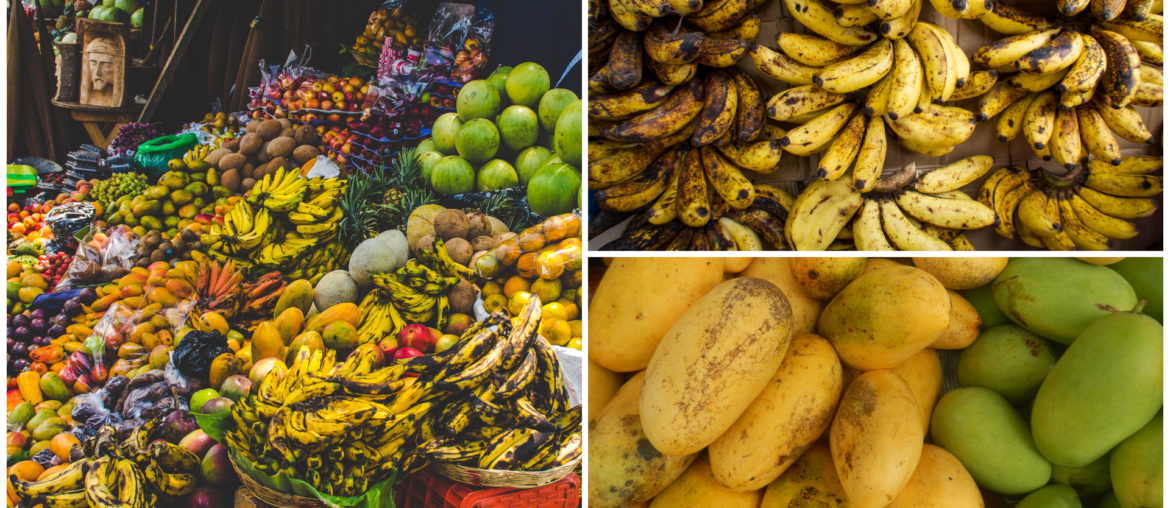
Comments are closed.